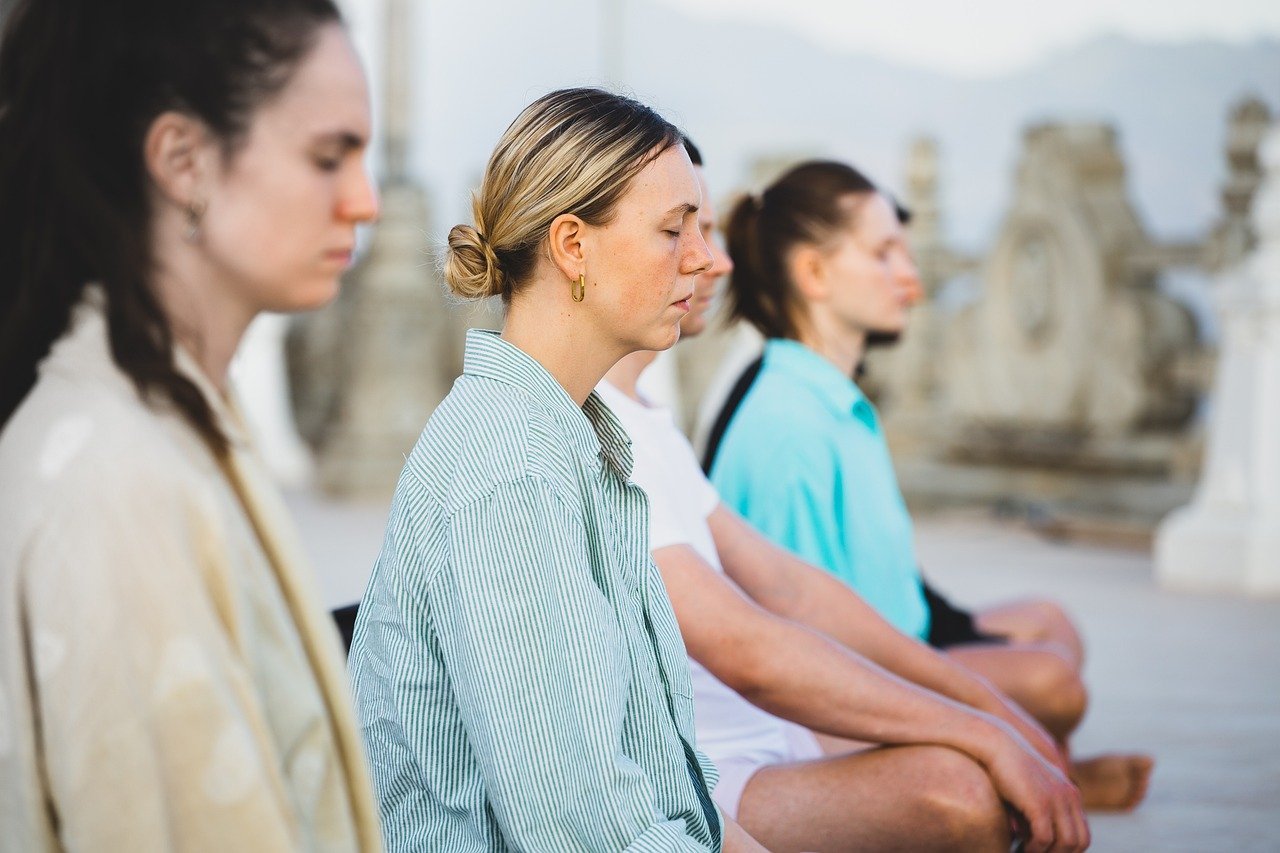One sure cause of life shortening beyond appreciation is leading a sedentary life. Being inactive while your body decays-from inside out, affecting even the mind, body, and soul.
Despite the knowledge of plentiful advantages of being in an active lifestyle, about 7 out of 10 people still choose to remain physically inactive-and the cost is high.
It’s like we’ve all forgotten about the importance of moving our bodies. Why is that? Well, movement seems effortless, but there is something quite comfortably heavenly about sinking into one’s favorite chair after a long day.
And very soon, you are over enriching yourself with lush lack of activity, and you start paying for it in health costs.

For sure, we all need our fair share of rest, but not too much. However, when all those hours of sleep are not accompanied by some physical activity, they become hazardous.
Like most humans, sitting seems to be the default mode—sitting at work, sitting in front of a TV, sitting while browsing on their phones. Well, our bodies were made to move. When we do not move well, all the signs point to mischief.
How Active Is Your Lifestyle?
People do tend to exaggerate the amount of exercise that they really do get, which could be one of the biggest obstacles in changing habits, especially when it comes to improving physical activity. It’s a comforting thought that if a person feels he/she has enough exercise, he/she will not be seeking a change.
In what way would he then come up with an argument based on purely sedentary lifestyles? Recommendations by CDC for adults would maintain them at least 150 minutes worth of moderate-intensity aerobic activity throughout the week or engage in 75 minutes in vigorous-intensity activity. For children and adolescents, it is meant to comprise 60 minutes of physical activity every day with an obligatory inclusion of aerobic exercises, as well as muscle and bone strengthening ones.
One straightforward way to tell if you reach the above-mentioned recommendation is to keep track of such activities, either with a journal or through using an application. Eventually, you will come to this knowledge of whether or not you had delusions about the amount of exercise you were really doing.
The Sedentary Risk
In fact, what happens to the body when it is inactive? For those people, it has a surprisingly long list of misfortunes, so alarming.
High risk for chronic diseases: As physical inactivity reduces insulin’s sensitivity and causes its deposition in the liver and many other tissues, it multiplies the risk for diabetes, heart disease, obesity, and even some cancers.
High Cholesterol Level: Sedentary lifestyle indeed contributes a lot into being high cholesterol within you. The higher risk of all heart-related diseases which include stroke and even hypertension increases with the accumulation of cholesterol into the arteries because of inactivity.
Weakened Muscles and Bones: Bones and muscles are designed by nature to use themselves, failing which the prime cause of muscle weakness begins. It also thins your bones, increasing the chances that fractures and bone diseases will occur.
Mental Health Decline: The biological system is not the only one that suffers. The psychological system of a sedentary person is also adversely affected, which may end up costing a person a lot. One is, therefore, left susceptible to high chances of having anxiety and depression, which will make one feel tensed up and down in motivation.
Cognitive Decline: An inactive lifestyle is potentially the most costly in other ways, for those who may not suffer from anxiety or depression. For example, the risk of dementia in a person who is not physically active is as high as 50% higher than that of an active individual.
None of this is intended to make you paranoid: it is hard, nonetheless, to ignore the potential adverse effects of a sedentary lifestyle. Loss of mental acuity, weakening of muscles, chronic diseases, and so on: it is clear that movement does all that is needed for long health.
Get Started-Dismantling the Sedentary Cycle
The good part is that it is never really late to start. If one is really worried about the health hazard inactivity holds, then the best course of action is moving though in baby steps.
- Begin Small Walks: This could probably be one of the easiest and greatest methods to get the body moving. It would simply usually be a 15-20-minute walk after dinner each night, impact blood circulation, digestion, and elevate moods.
- Take Up Classes: If you’re unsure of where to begin, did you ever think of joining a fitness class? Whether yoga, some Zumba or strength training, a class will really ensure you’re getting enough movement and it’s just much more fun than trying to do it all by yourself!
For Tracking Exercise by Using a Fitness Tracker or Journal: Keeping a record of your day steps or activity may motivate you to not remain still. This offers a visible account of progress, providing accountability. - Split Prolonged Sitting: For those sitting for long hours at the desk, every half an hour, stand and stretch. A walk for a short while or a quick stretching routine may, in fact, stimulate.
- Try An Activity That You Really Enjoy- Exercise can be so enjoyable, and it can equally be exercise; find one activity that you’d surely like; dance, swim, or just run and play fetch with your dog, and make it part of your routine.
It concerns small modifications sustained in the long run. Being more active every day really makes for a great change in your health and even your life over time.
Moving on
There is no avoiding it; with increasing amounts of sitting time, all of us will be more and more at risk to incur some health compromise. However, it is the advantage that change lies within the power of one’s own hands. Take your physical health into your own hands and move for what your body wants so badly.
Be it after-dinner walks, workout classes, or even standing and stretching more often; make that move commitment. Your mind, body, and spirit will thank you for it, not to mention your heart.







Leave a Reply